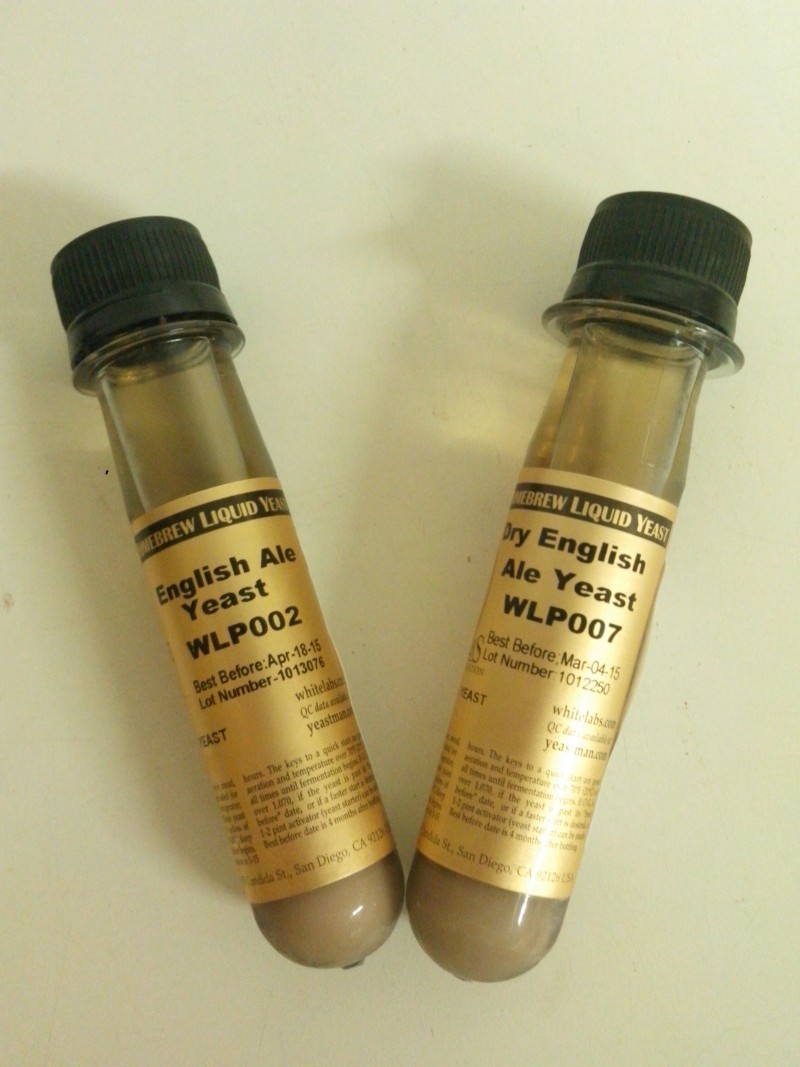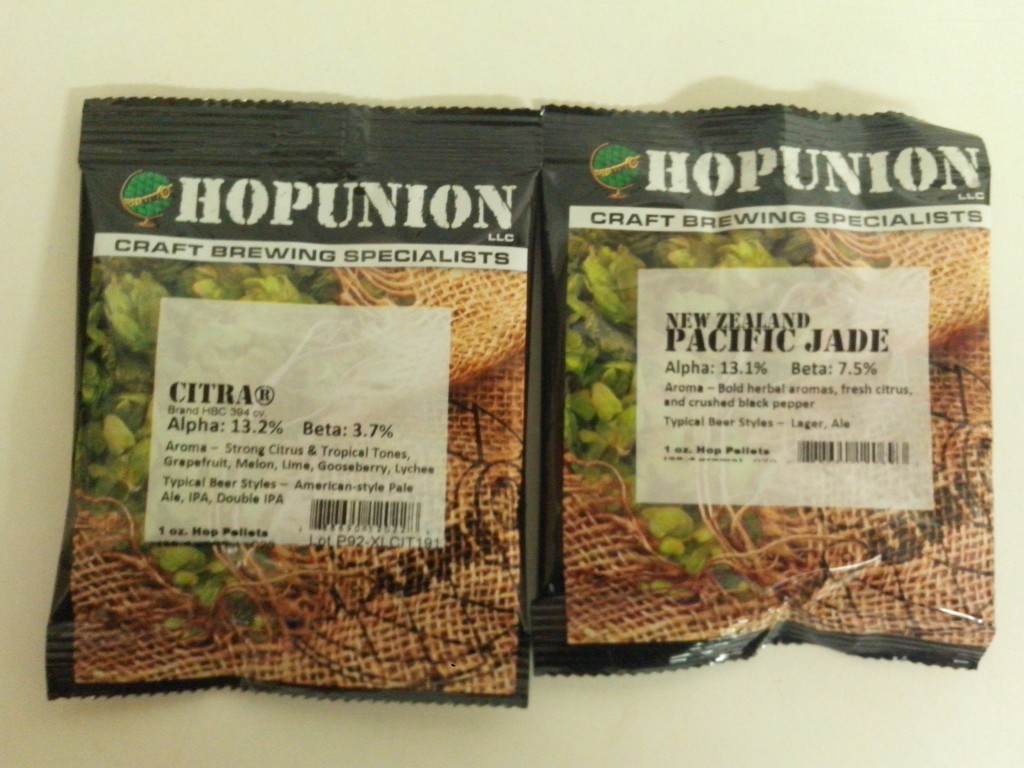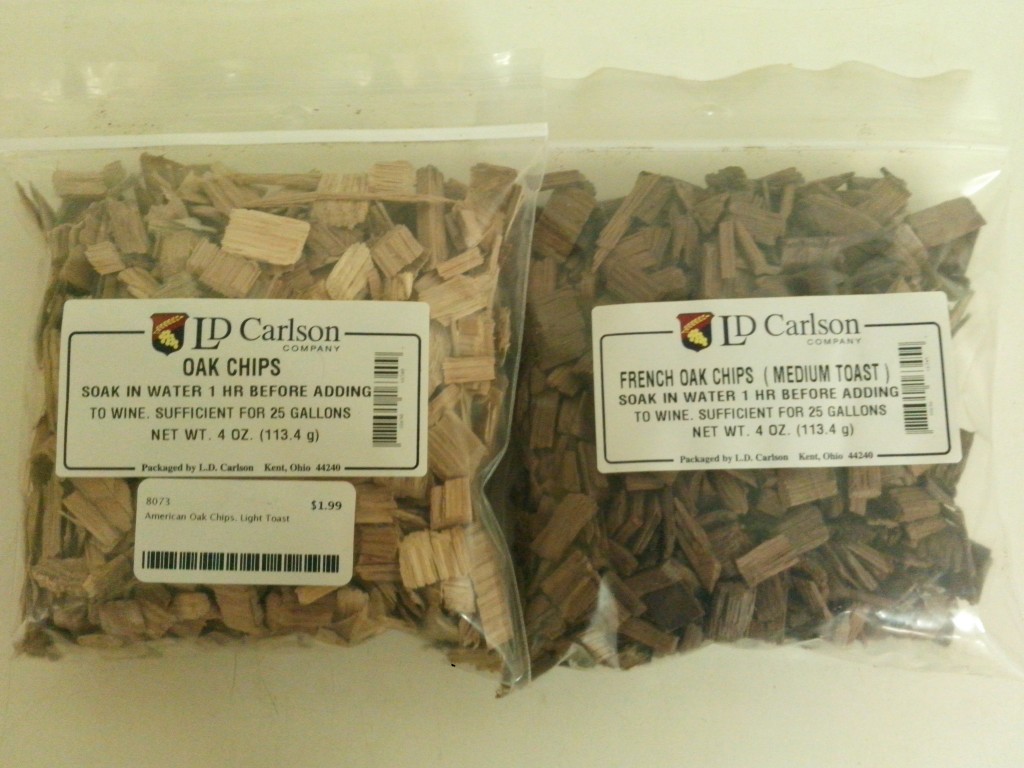One of the biggest benefits that homebrewing affords the brewer is the ability to produce an infinite variety of beers with little to no concern for cost. Professional breweries have to focus on producing large amounts of a single product, sourcing ingredients in scale and contracting out the hops and malt they need. Homebrewers aren’t bound by this constraint, allowing them to garner more experience and variance in flavor from a single brew session. Personally, I often grow tired of a beer by the time I’ve consumed five gallons of it. Enter the split batch.
I realized pretty early in my brewing career that I could almost double the amount of ‘experience’ that I was getting from a single brew by splitting my batch at some point and treating one variable differently. Splitting batches can also result in two products that have vastly dissimilar flavor profiles, adding some variety to what’s in the fridge. Also, splitting batches allows you to save some money in that you don’t have to brew an entire 5 gallons in order to produce a single type of beer. There are any number of things that you can play with in a split batch and the opportunities for discovery are endless!
Now that you’re familiar with the concept of the split batch it’s time to discuss some ideas for different ways to split batches. We’re going to break it down into a few categories so that you can decide what interests you most.
Yeast
Yeast was the first variable that I decided I wanted to play with, and it remains the one that I experiment with the most. The idea of selecting the perfect yeast strain for each beer is always at the forefront of my mind when planning a recipe. However, there are literally hundreds of distinct yeast strains in existence and there’s no practical way for anyone to try them all. So, how do you make sure that you’re picking the right critters to ferment your batch? If you do select the right strain, then how do you know if you’re pitching the right amount of it? Fermenting it at the right temperature? For the right duration?
Yeast vs Yeast– The first split batch I ever did was one in which I split my batch post-boil into two different fermenting vessels and gave each one a different yeast strain. I call it a “Half Brother Batch” (same mom, different dads…). It’s an excellent way to compare two yeast strains and decide which is best for your brew.
Temp/Duration/Pitching Rate – There are a number of variables that affect a yeast strain’s expression during fermentation. You can easily test how different variables will affect a single strain by splitting a batch. Pitch the same yeast strain and change a single variable to see what happens. Fermenting at a different temperature will yield different expression, as will variances in pitching rate and available oxygen. Know what your favorite yeasts like in their fermentation conditions.
 Hops
Hops
Hops are probably my second favorite ingredient to play around with. Hoppy styles are totally vogue right now and the number of new varietals being released is at an all time high. There are well over 100 hop varietals available to homebrewers these days and an endless combination of those varietals is possible.
Hop vs Hop– One thing I’ve tried before is conducting a single mash/sparge and collecting my entire volume of wort prior to boiling and then splitting the boil. This allows me to keep the same base beer and test different hop combinations or try two single hop beers. However, keep in mind that you won’t be able to conduct experimentally identical boils and there will be some slight differences there.
Dry-Hopping– The process of dry-hopping affords us a number of opportunities to experiment. First, take a beer and do a dry-hop and no dry-hop version of it. This is an excellent way to find out exactly what this process contributes to your beer. Next, you can try different hops! Do a Citra vs. Galaxy dry-hop and see what you like! Also, you can dry-hop for different amounts of time or with different amounts of hops. Each will have an impact on the hop flavors.
Finally, there are any number of random ingredients that you can play with in split batches. The first thing you’ll need to do is establish if you want to keep half of your batch as is for a control or if you want to try two different ingredients against each other. You can whip up a stout and add coffee to half OR try different types of coffee in each, coffee in different forms, etc….
Ideas for ingredients
- There are many types of wood/barrel alternatives on the market. See what your beer would taste like on oak or maple or hickory or whiskey barrel chips! See what hickory vs. oak is like or any other side by side!
- Everyone loves a good coffee beer! However, there are as many different types of coffee as there are hops and yeast strains. See what type of coffee you like best in your beer. See if whole beans, grounds, brewed coffee, or cold extracted coffee works best! Espresso? Even better!
- Spices/herbs. Feel free to make a tincture or just toss some stuff in (sanitized first!) and see what happens! When you’re experimenting with unusual ingredients I recommend keeping half your batch plain in case things don’t go well. Also, restraint is your friend with some of these ingredients.
- While not really an ingredient, fining agents are also something you can play around with. Try different finings against each other or only using them in half the batch. See if they clarify your beer as much as you’d like or if they strip valuable flavor/aromatic compounds.
Now that you’re familiar with the process of splitting batches, it’s time to plan some brews and figure out what you want to test first! Keep in mind that this list is by no means exhaustive and there are many, many things that you can experiment with that have not been listed here. Also, keeping good notes is paramount in all of brewing and especially when fiddling with ingredients and processes. Make sure you keep track of what you’re doing, when you’re doing it, how much you’re using, and what changes you’re noticing.
As always, happy brewing!


Leave a Reply